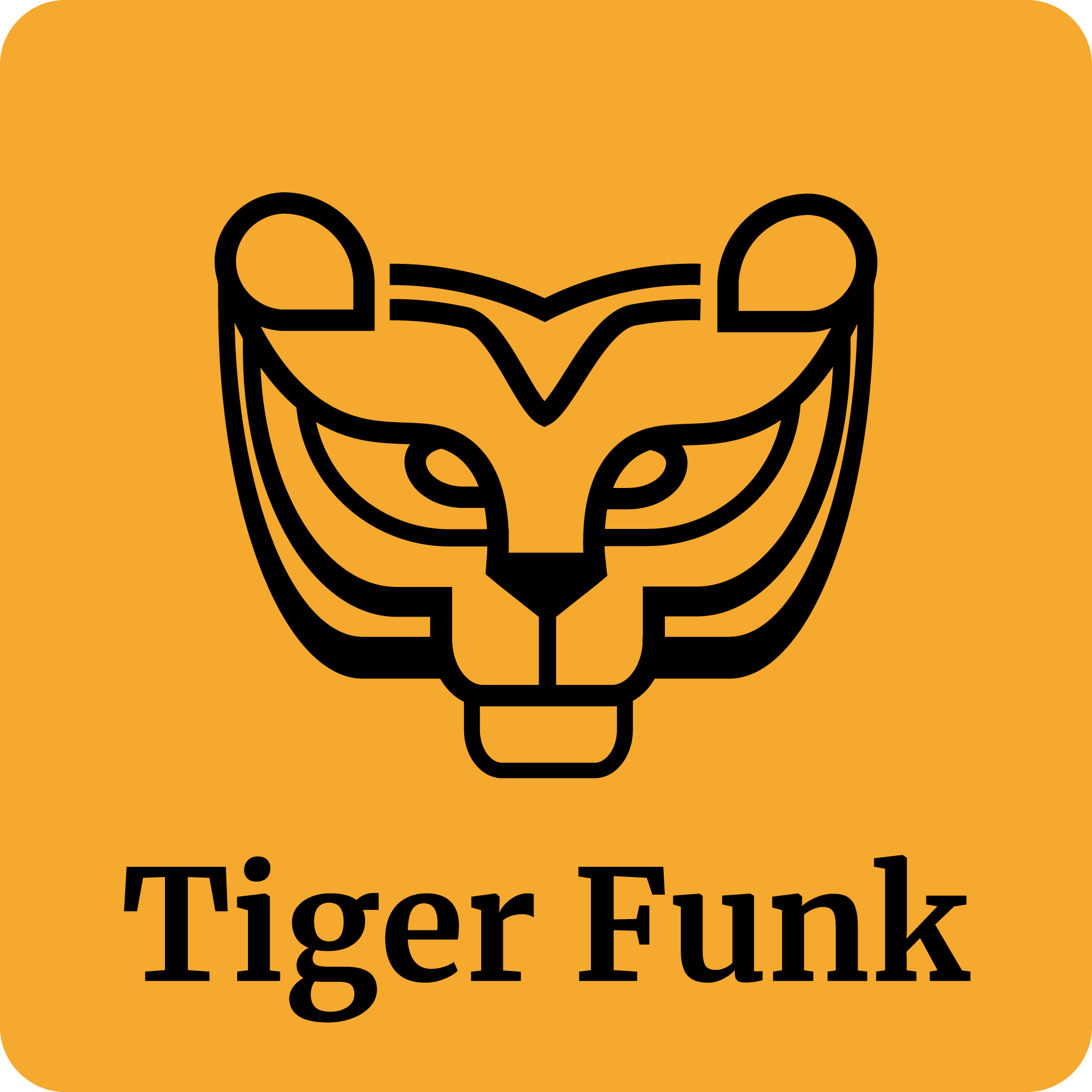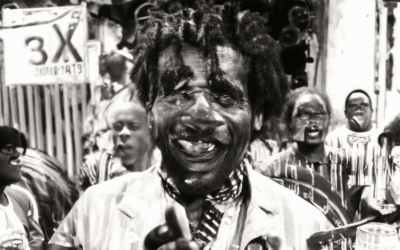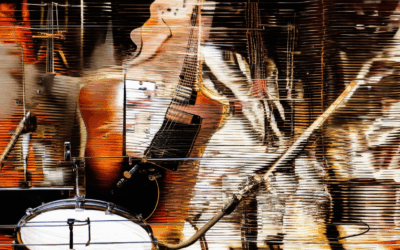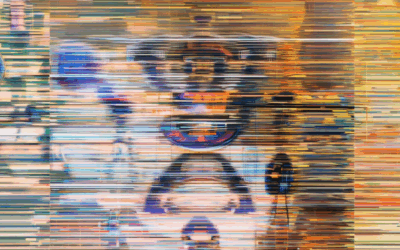Jazz fusion, a captivating blend of jazz and various musical styles, offers a dynamic avenue for musicians to expand their creative horizons. This unique genre, characterized by its intricate rhythms and harmonies, has emerged as a cornerstone of modern music. For those eager to delve into this exciting realm, seeking out top-rated jazz fusion music lessons online presents a convenient and accessible pathway to growth. Whether you’re a seasoned musician or a curious enthusiast, online resources provide a wealth of opportunities to master the fundamentals and explore advanced techniques. By embracing this versatile style, musicians can unlock new dimensions in their artistry, bridging gaps between traditional jazz and contemporary influences. This guide dives into the essence of jazz fusion, highlights notable artists who have shaped the genre, and offers valuable insights into improvisation and blending styles. Prepare to embark on a transformative journey as we uncover the secrets of jazz fusion and its enduring appeal.

Jazz Fusion Method
The jazz fusion method involves combining elements of jazz with other musical styles, often resulting in complex and innovative compositions. This approach typically integrates improvisation, advanced harmony, and rhythmic complexity.
Key Components of Jazz Fusion:
- Harmonic Structure :
Jazz fusion often employs extended harmonic structures, moving beyond traditional chord progressions. Artists may use modal harmonies, chromaticism, or altered scales to create unique soundscapes. - Rhythmic Complexity :
Fusion pieces frequently feature intricate rhythms, often employing polyrhythms where multiple meters are played simultaneously. This creates a challenging yet engaging listening experience. - Melodic Development :
Melodies in fusion music are often more fluid and less predictable, with solos and improvisations driving the composition forward. Counter-melodies and call-and-response patterns are common. - Instrumentation :
Fusion ensembles usually include a core rhythm section (bass, drums) alongside keyboards, horns, and additional reeds or strings. This instrumentation allows for a full-bodied texture. - Genre Blending :
Fusion draws influences from rock, funk, Latin music, and world beats, among others. This blending of genres leads to a diverse array of sounds.
Techniques Used in Jazz Fusion:
- Chord Progressions : Advanced players may use non-functional chords or unusual progressions to avoid predictability.
- Time Signatures : Unconventional time signatures, like 5/4 or 7/8, add complexity to the playing field.
- Modal Improvisation : Players may explore a modal framework, allowing for more freedom in soloing.
- Polyphony : Multiple melodic lines are often interwoven, creating a dense and exciting atmosphere.
Notable Albums and Artists:
- Herbie Hancock’s Maiden Voyage exemplifies fusion with its blend of jazz, funk, and electronic elements.
- Weather Report’s Inside Out showcases intricate harmonies and dynamic rhythm changes.
- John McLaughlin’s Mahavishnu Orchestra pushed boundaries with avant-garde jazz-fusion works.
By mastering these techniques, jazz musicians can craft music that transcends traditional boundaries, creating a uniquely powerful and expressive art form.
Which Artist Is Known For Fusion Jazz?
Fusion jazz is a genre that combines elements of jazz with other musical styles such as rock, funk, and world music. Several artists have become synonymous with this genre due to their innovative approaches and blending of different sounds. Below are some of the most notable artists associated with fusion jazz:
- John McLaughlin
- Known for his work with the Mahavishnu Orchestra, McLaughlin is a pioneer of fusion jazz. His album The Inner Mounting (1969) is often cited as a foundational work in the genre.
- Herbie Hancock
- As a member of Miles Davis’s band and later with his own group, Hancock explored fusion jazz extensively. His 1970 album Cantaloop is a landmark recording in the genre.
- Chick Corea
- A legendary pianist, Corea is celebrated for his innovative compositions and leadership in fusion jazz. His work with Return to Forever in the 1970s helped define the genre.
- Weather Report
- Formed by Corea and bassist Jaco Pastorius, Weather Report is renowned for their complex arrangements and seamless integration of jazz, rock, and world music influences.
- Miles Davis
- While primarily known for his early work in traditional jazz, Davis later embraced fusion jazz. Albums like A Tribute to Jack Johnson (1974) marked his shift toward this new direction.
- Steve Morse
- As leader of the Steve Morse Quartet, Morse has been instrumental in advancing fusion jazz with his technical prowess and ability to merge jazz with rock elements.
These artists have significantly contributed to the evolution of fusion jazz, influencing both its sound and popularity over the years.

Is Jazz Fusion Improvised?
Jazz fusion is indeed an improvisational art form, as it builds upon the foundational principles of jazz while incorporating elements from various musical genres. Improvisation lies at the heart of jazz, allowing musicians to create spontaneous compositions and explore innovative sounds. In the context of jazz fusion, this means artists take the liberty to merge styles such as rock, funk, and hip-hop with jazz elements, often leading to unique and unpredictable performances.
Improvisation in jazz fusion allows for dynamic interplay between musicians, enabling them to adapt to each other’s interpretations and push creative boundaries. This collaborative approach is a hallmark of the genre, distinguishing it from more structured forms of music. The ability to improvise freely while maintaining a cohesive composition makes jazz fusion a fascinating blend of technique and artistic expression.
For example, artists like Herbie Hancock have famously blended jazz with funk and electronic elements, creating iconic tracks that showcase the spontaneity of improvisation. Similarly, bands like Weather Report combined progressive rock with jazz harmonies, further demonstrating the versatility of the genre.
In summary, jazz fusion is deeply rooted in improvisation, offering a vibrant and evolving musical experience that continues to inspire new generations of musicians.

Is Jazz Fusion Considered Progressive Rock?
Jazz fusion and progressive rock are distinct yet overlapping genres in music, each with unique characteristics and influences. To determine if jazz fusion is considered progressive rock, let’s explore both genres:
Defining Jazz Fusion
Jazz fusion is a genre that emerged in the late 1960s and early 1970s, blending elements of jazz, rock, funk, and world music. It is characterized by its complex rhythms, improvisation, and fusion of diverse musical styles. Artists like Herbie Hancock, Weather Report, and Chick Corea are often associated with jazz fusion.
Defining Progressive Rock
Progressive rock, or prog rock, originated in the late 1960s and is known for its long compositions, intricate instrumentation, and exploration of unconventional song structures. Bands like Yes, Genesis, and Pink Floyd are prominent figures in the genre. Progressive rock often incorporates elements of classical music, blues, and psychedelic rock.
Overlap Between Jazz Fusion and Progressive Rock
While both genres share similarities in their complexity and innovation, they have distinct differences. Jazz fusion tends to emphasize improvisation and spontaneity, whereas progressive rock often features structured compositions with a focus on technical skill and conceptual themes.
Notable Artists Bridging Both Genres
Some artists and bands have successfully blended elements of both genres. For example, Return to Forever and Mahavishnu Orchestra are often cited as examples of jazz fusion that draws upon progressive rock influences. Similarly, bands like King Crimson and Van der Graaf Generator have explored territories that overlap with both genres.
Examples of Jazz Fusion Albums
- Weather Report – “Heavy Metal”>
- Chick Corea – “Tappies”>
- Herbie Hancock – “Maiden Voyage”>
Examples of Progressive Rock Albums
- Pink Floyd – “Wish You Were Here”>
- Genesis – “The Carpet Crawlers”>
Conclusion
Jazz fusion and progressive rock share common ground in their innovative approaches to music but are not interchangeable. While there is overlap, particularly in their exploration of complex rhythms and harmonic structures, each genre maintains its own identity and contributes uniquely to the landscape of modern music.
Learn more about jazz fusion and explore our collection of progressive rock albums and articles.
Understanding Jazz and Jazz Fusion
Jazz and jazz fusion are two distinct yet interconnected musical genres that share common roots but diverge significantly in their approach and sound. Below is a detailed comparison to help differentiate between the two:
1. Definition of Jazz
Jazz is a uniquely American art form that emerged in the late 19th and early 20th centuries. It is characterized by:- Improvisation : A key feature of jazz is the ability of musicians to spontaneously invent new melodies, harmonies, and rhythms during performances.- Rhythmic Complexity : Jazz often features a “swing feel,” a rhythmic pattern that provides a sense of momentum and groove.- Emotional Expression : Jazz music is deeply expressive, allowing musicians to convey a wide range of emotions through their playing.
2. Definition of Jazz Fusion
Jazz fusion is a genre that blends jazz with other musical styles, such as funk, rock, and Latin music. It emerged in the late 1960s and is known for:- Synthesis of Genres : Fusion takes elements from various genres and combines them in innovative ways, often leading to a seamless mix of sounds.- Electric Instruments : Many jazz fusion bands incorporate electric guitars, keyboards, and other electric instruments, giving the music a more contemporary and dynamic feel.- Experimental Spirit : Fusion artists frequently push boundaries, exploring unconventional structures, rhythms, and harmonic progressions.
3. Key Differences
While both genres share a love for improvisation, there are significant differences:
A. Instrumentation
- Jazz : Traditional jazz often features acoustic instruments like the double bass, drums, piano, and saxophone.
- Jazz Fusion : Fusion bands commonly use electric instruments, including synthesizers, electric guitars, and drum kits.
B. Structure
- Jazz : Songs often have a clear melody and structure, with solos and improvisations interspersed.
- Jazz Fusion : Fusion pieces may have more complex structures, with extended solos and a greater emphasis on group interaction.
C. Influence
- Jazz : Influenced by African and European musical traditions, jazz has become a global phenomenon.
- Jazz Fusion : Draws inspiration from a wide range of genres, including funk, rock, and Latin music, resulting in a diverse and eclectic sound.
4. Notable Artists
- Jazz : Icons like Louis Armstrong, Duke Ellington, and Miles Davis are synonymous with the genre.
- Jazz Fusion : Artists such as Herbie Hancock, Weather Report, and John McLaughlin are celebrated for their innovative contributions.
5. Target Audience
- Jazz : Appeals to listeners who appreciate traditional music and storytelling through improvisation.
- Jazz Fusion : Attracts fans of experimental and progressive music, as well as those who enjoy a blend of genres.
By understanding these distinctions, music enthusiasts can better appreciate the richness and diversity of both jazz and jazz fusion, two genres that continue to evolve and inspire new generations.

Is Steely Dan Jazz Fusion?
Yes, Steely Dan is widely recognized as part of the jazz fusion genre. Their unique blend of rock, jazz, and classical influences has solidified their place in the jazz fusion movement. The band’s intricate arrangements, sophisticated harmonies, and virtuosic performances set them apart from traditional rock bands, earning them a reputation as pioneers in the genre.
What is Jazz Fusion?
Jazz fusion is a musical genre that combines elements of jazz with rock, funk, and world music. It emerged in the late 1960s and early 1970s, with artists like Herbie Hancock, Miles Davis, and John McLaughlin leading the charge. Jazz fusion is characterized by its complexity, improvisation, and fusion of styles, making it distinct from traditional jazz and rock.
Steely Dan’s Style Compared to Other Jazz Fusion Artists
- While Steely Dan is primarily known for their rock roots, their integration of jazz elements makes them a key figure in the jazz fusion scene.
- Bands like Mahavishnu Orchestra and Return to Forever are often cited alongside Steely Dan as pioneers of jazz fusion.
- Steely Dan’s approach to combining rock and jazz creates a sound that is both accessible and musically complex, appealing to fans of both genres.
Legacy of Steely Dan in Jazz Fusion
Steely Dan’s influence extends far beyond their original popularity. Their ability to merge rock with jazz elements has inspired countless musicians and continues to resonate with audiences today. The band’s live performances, particularly their Concert in the Park shows, are celebrated for their energy and technical prowess, further cementing their status as jazz fusion icons.
Conclusion
Steely Dan’s contributions to jazz fusion are undeniable. Their innovative approach to blending genres has made them a cornerstone of the jazz fusion movement, and their music remains a timeless testament to the possibilities of artistic fusion. Explore the rich history of jazz fusion and discover how Steely Dan fits into this vibrant tradition by visiting our jazz fusion articles .





0 Comments